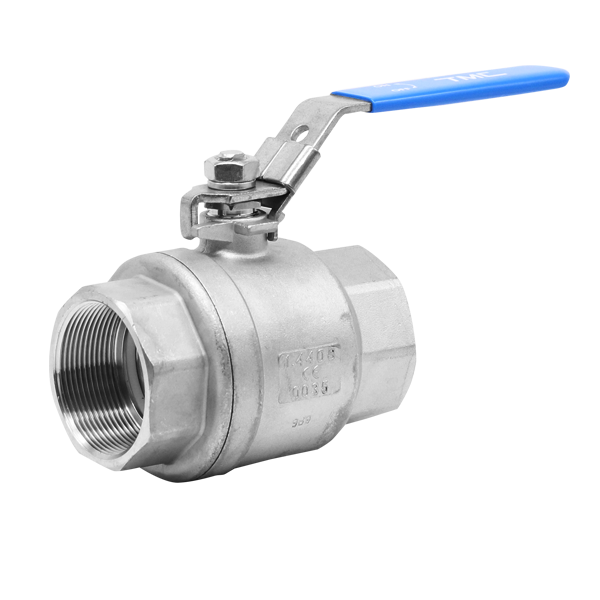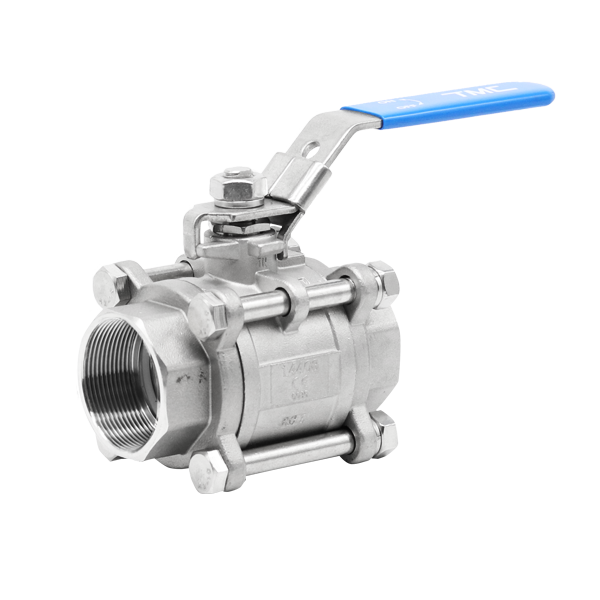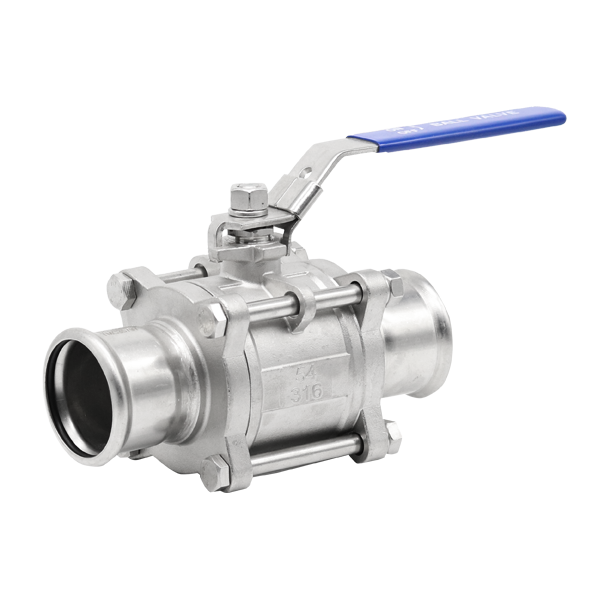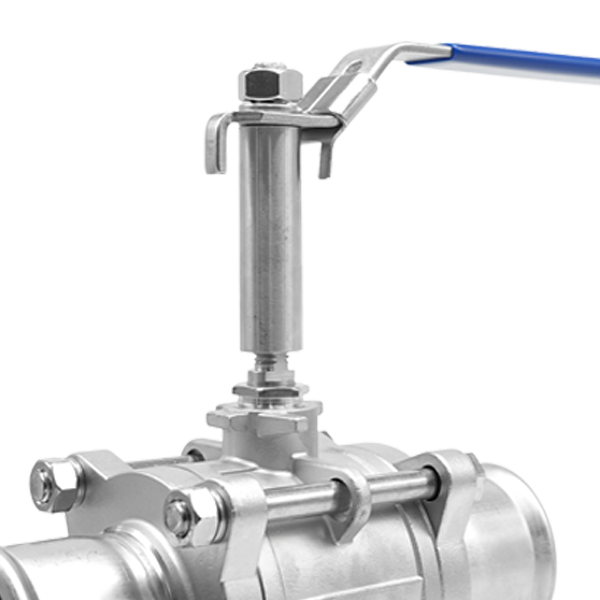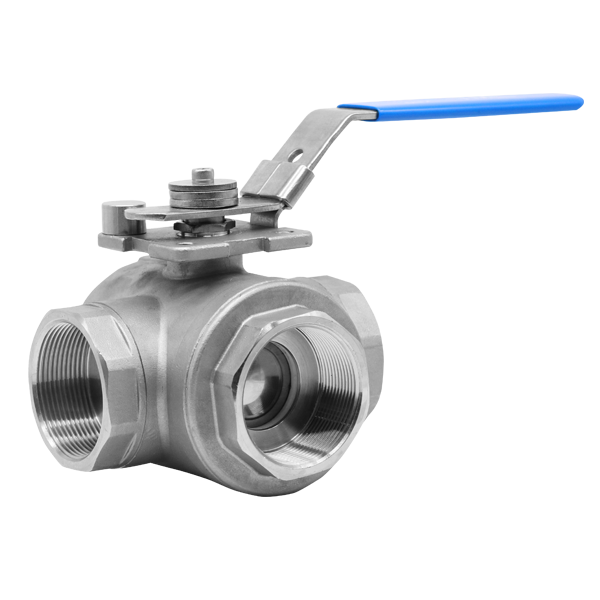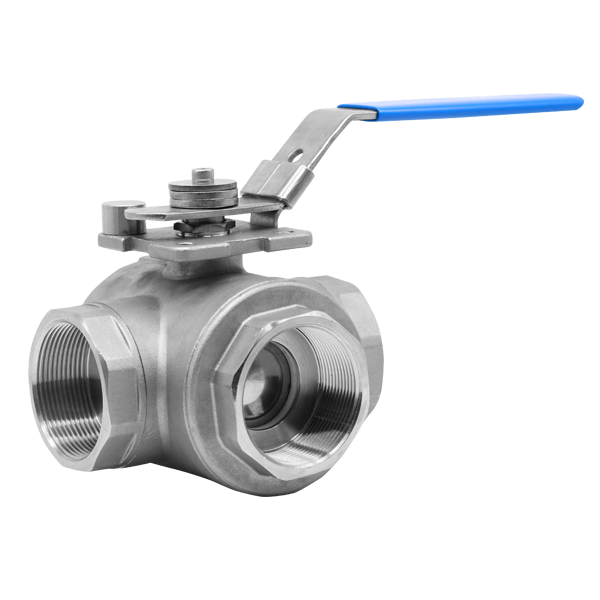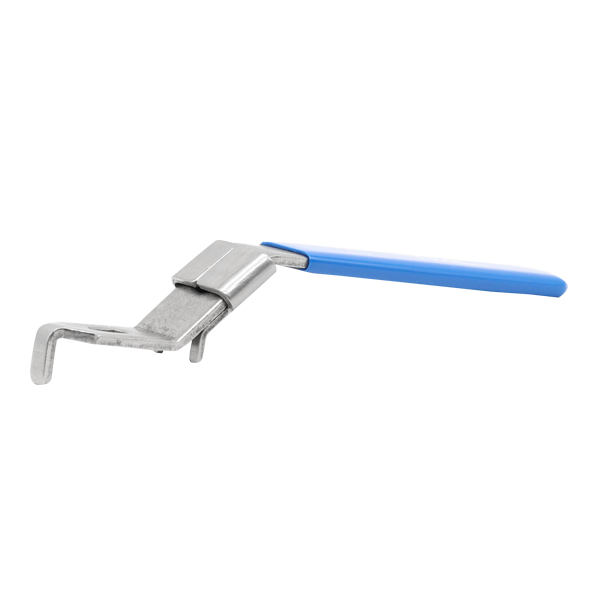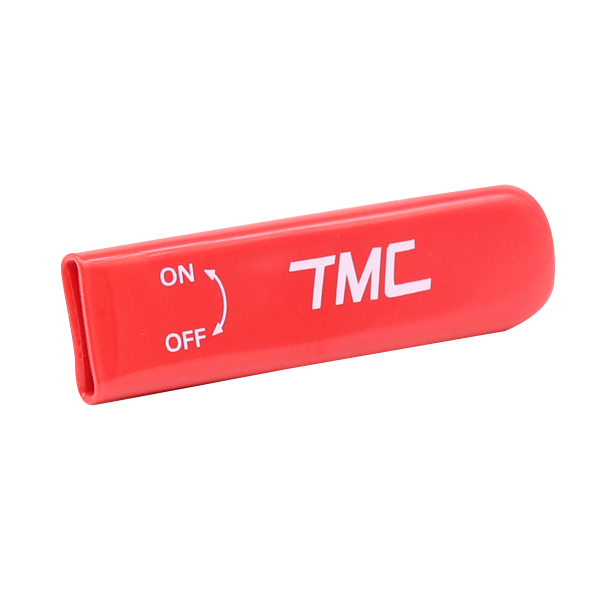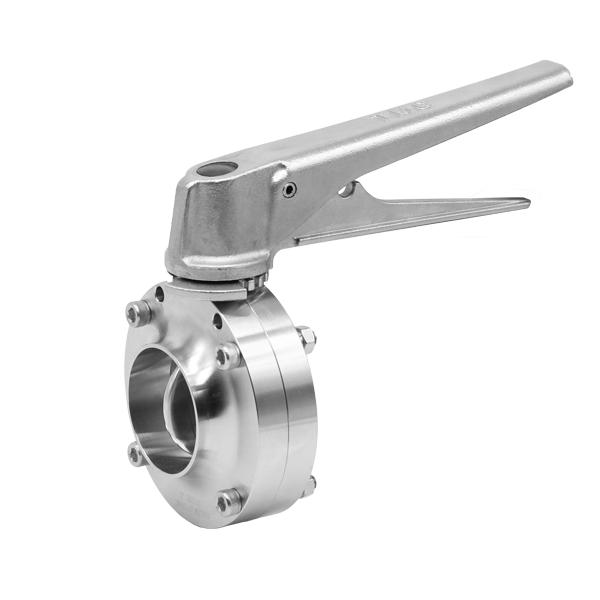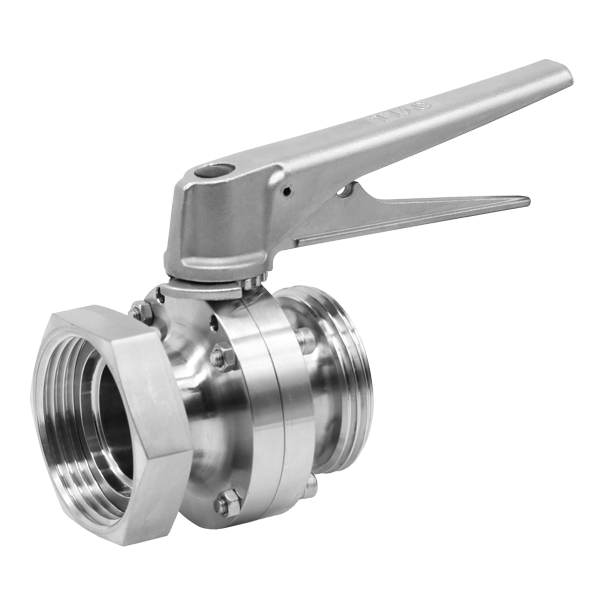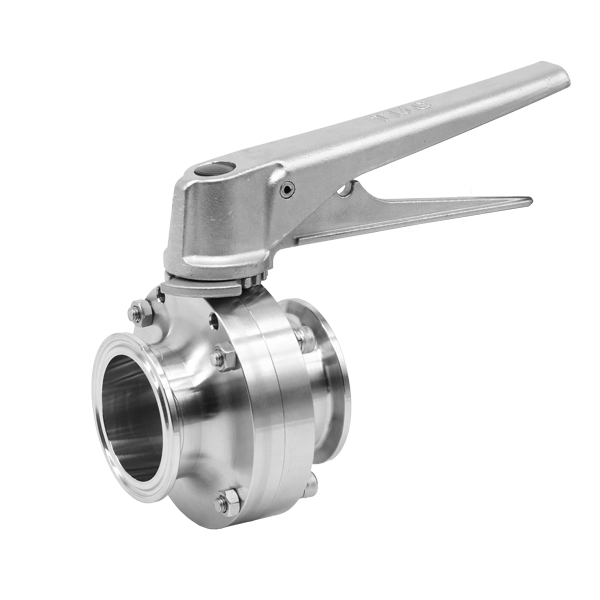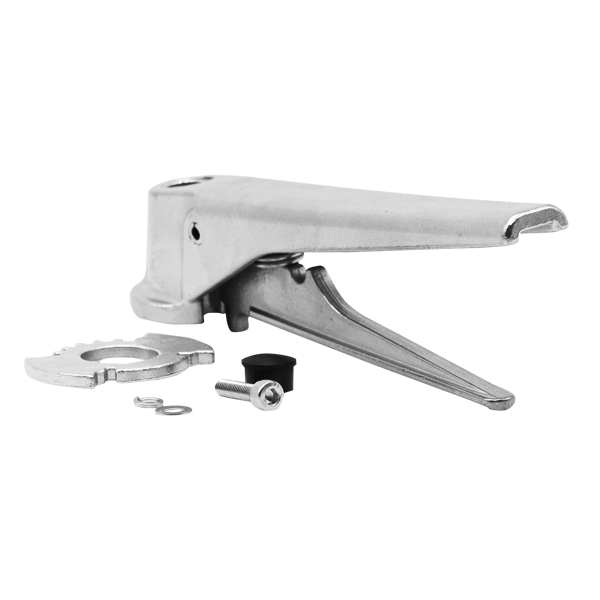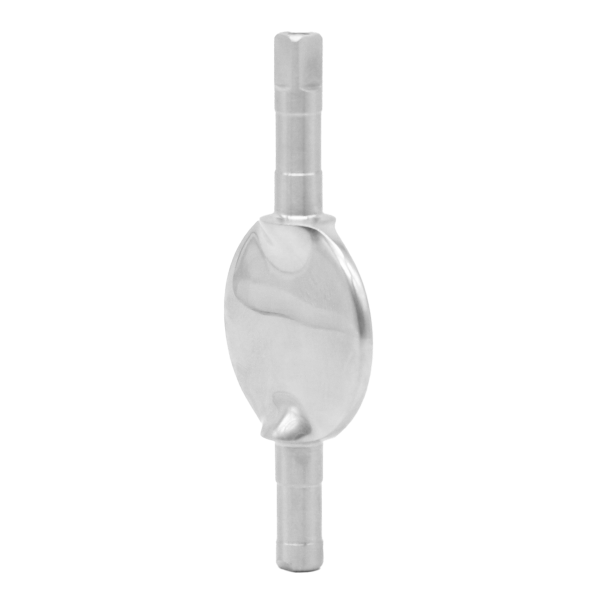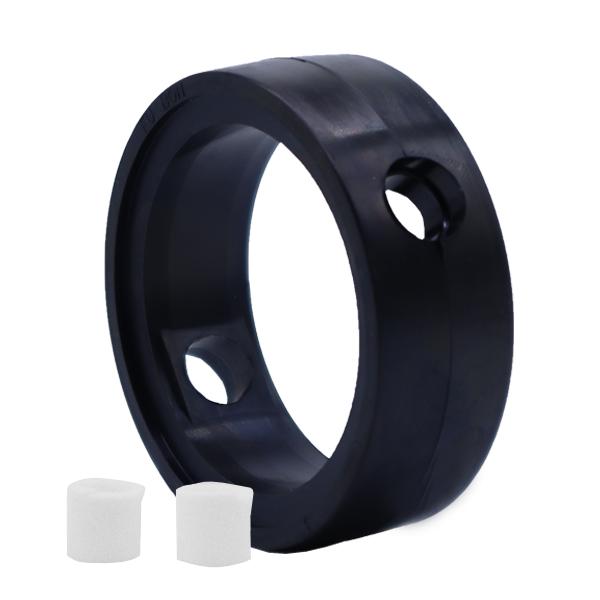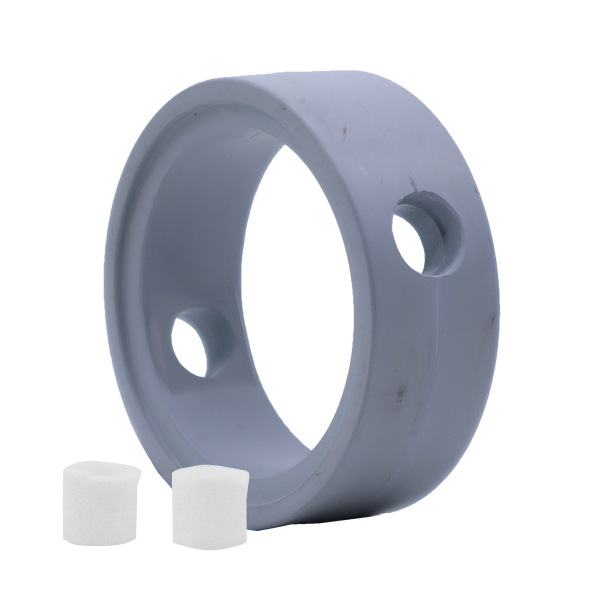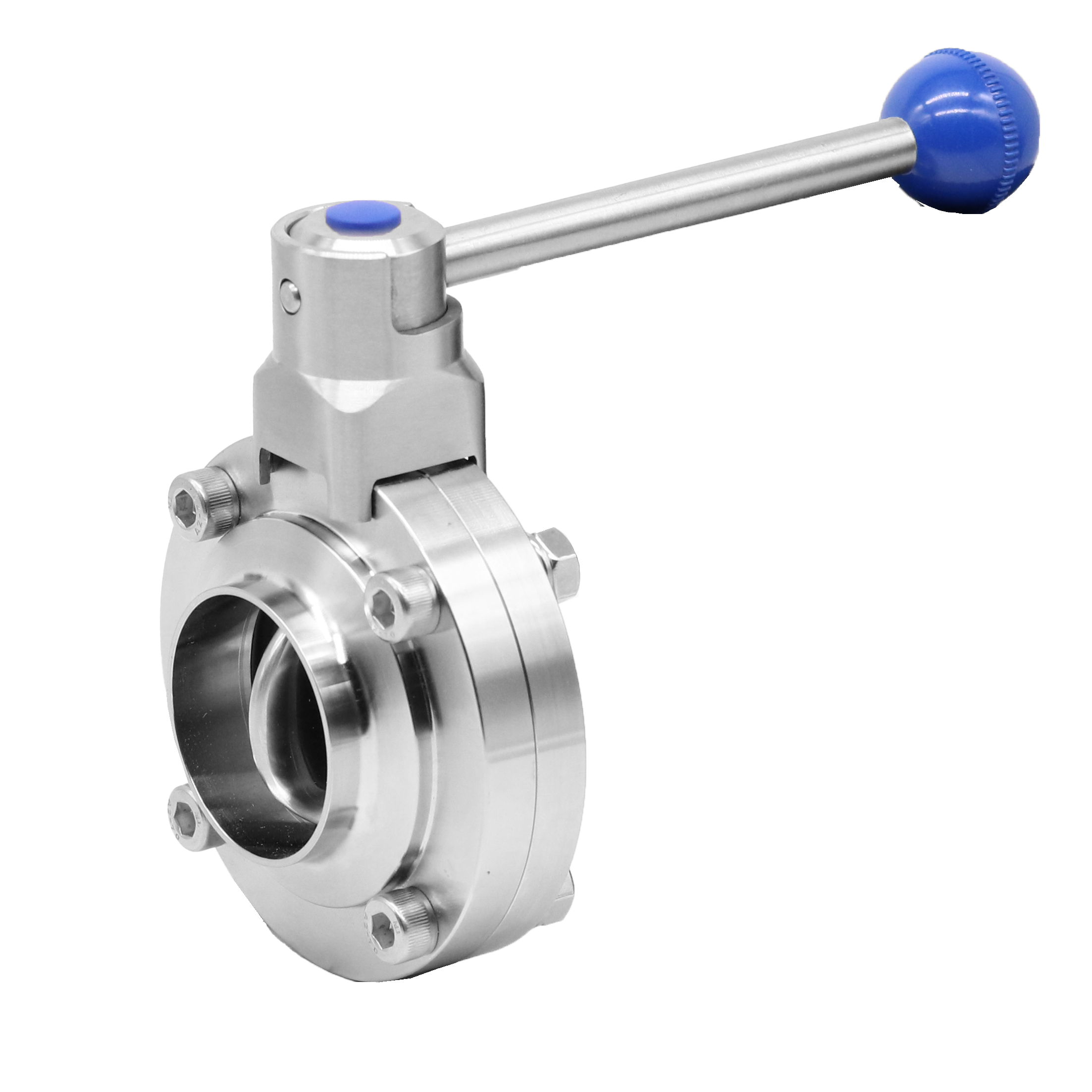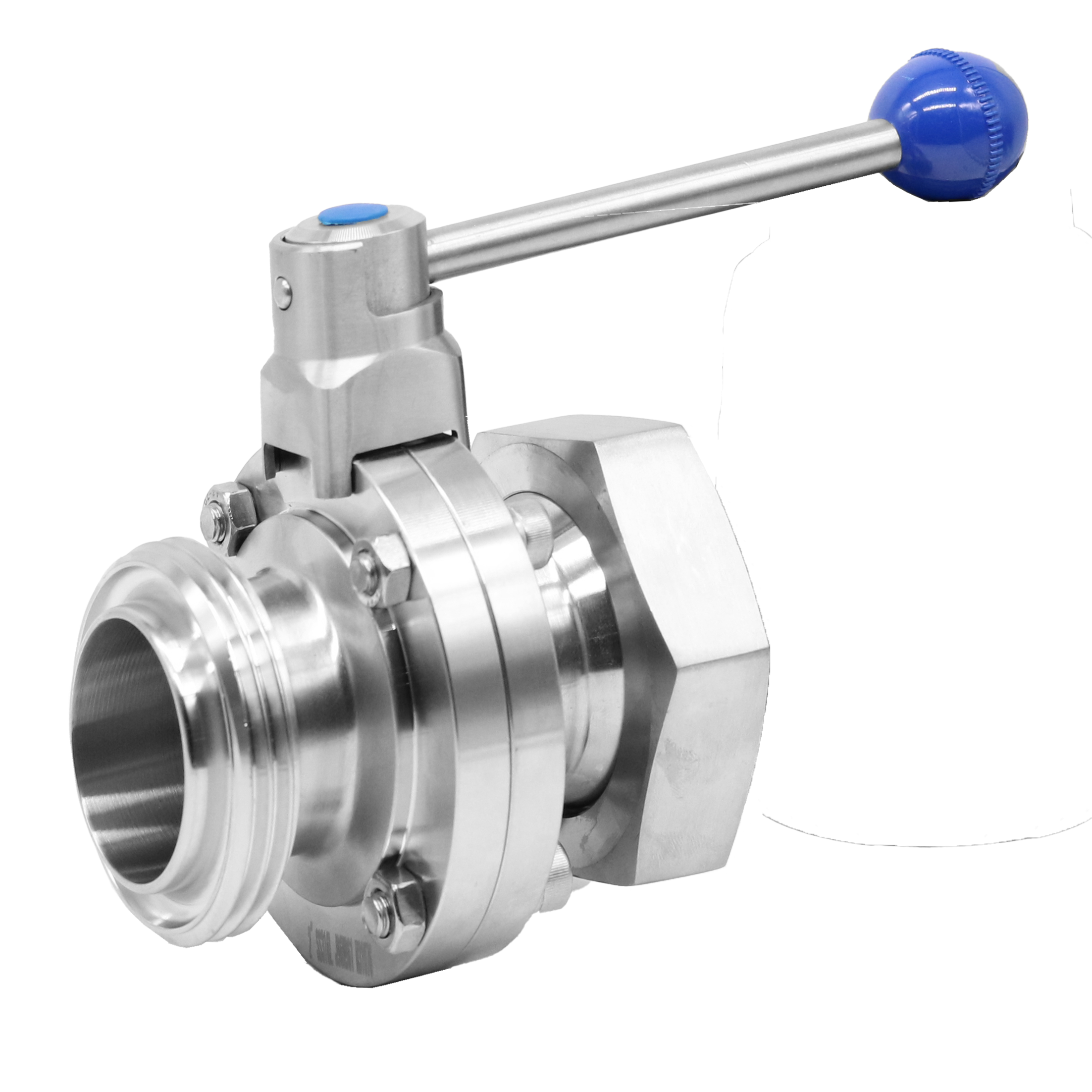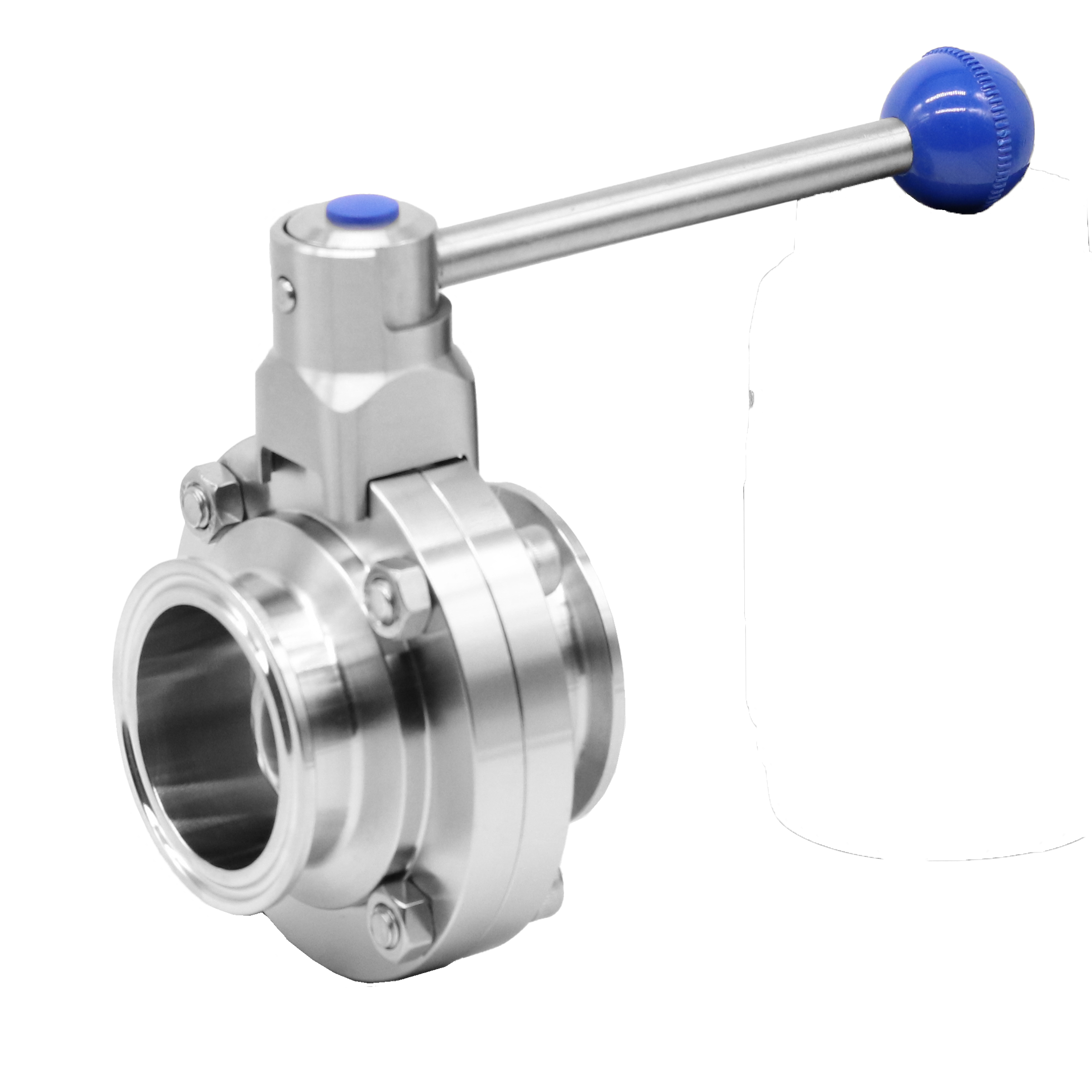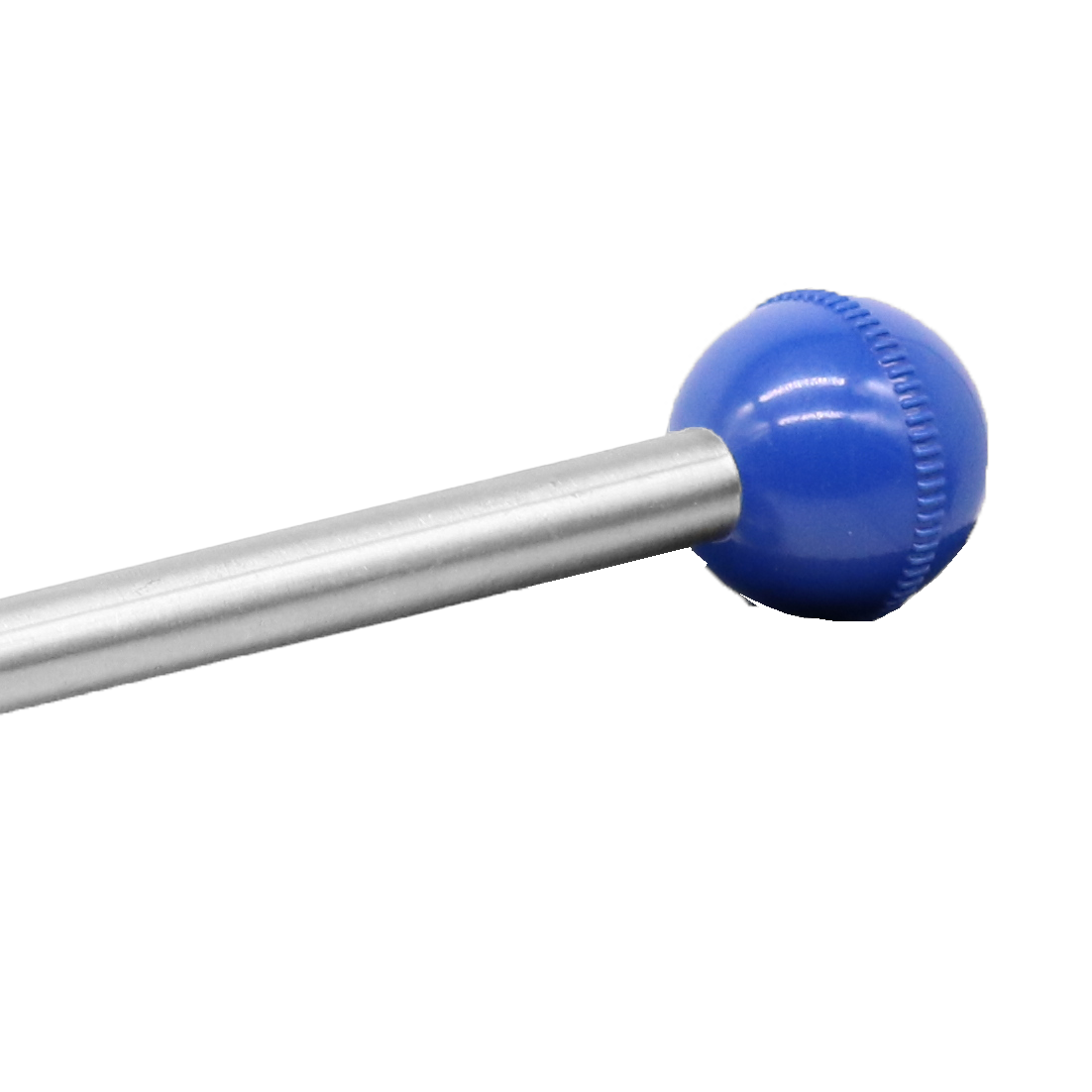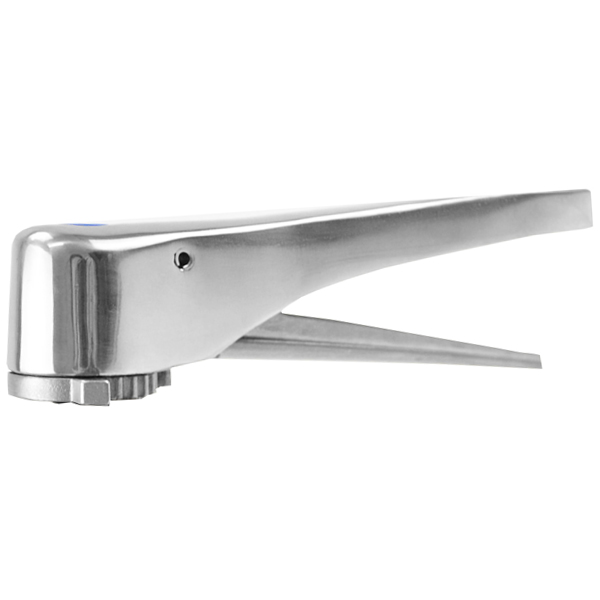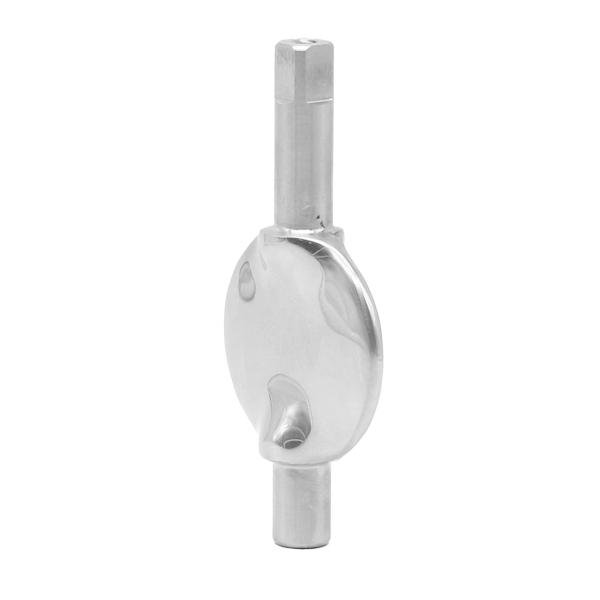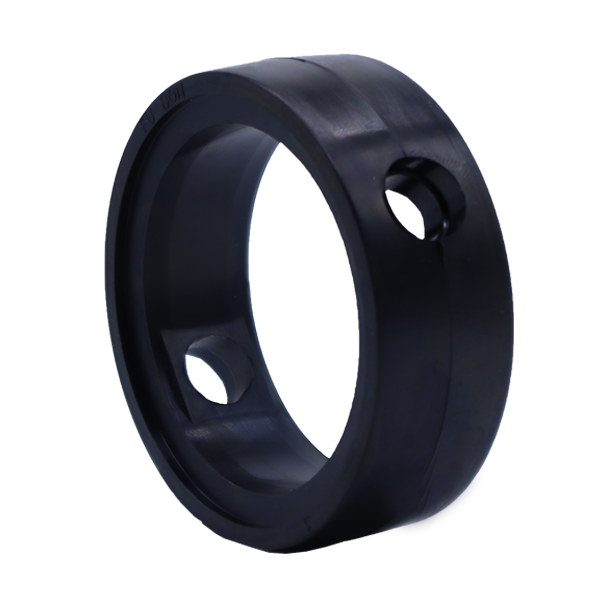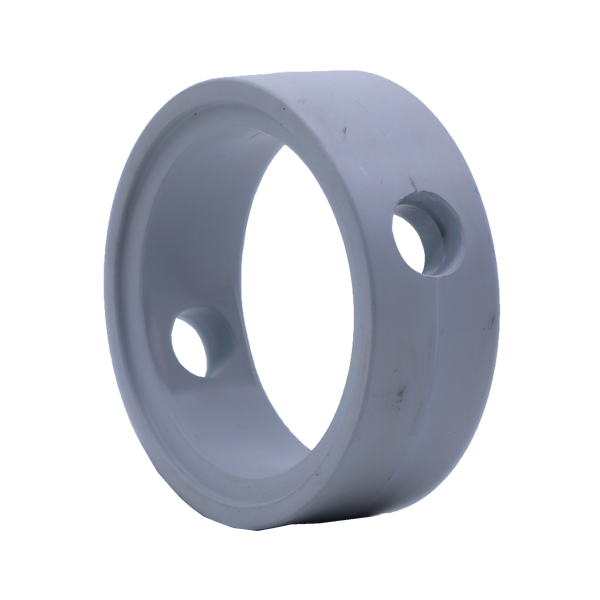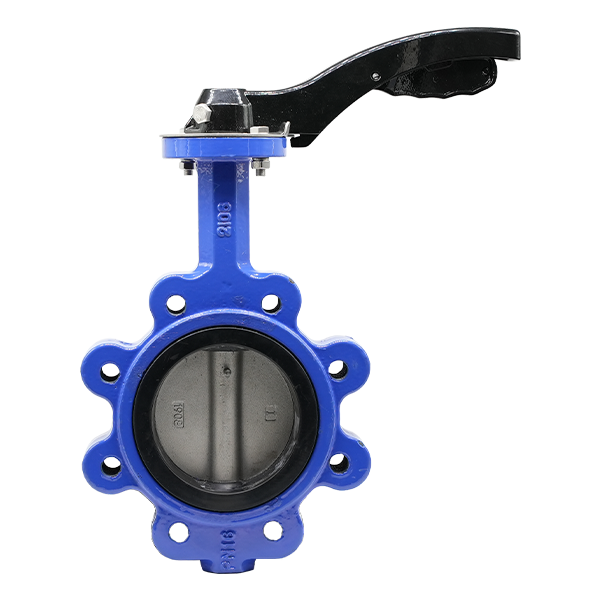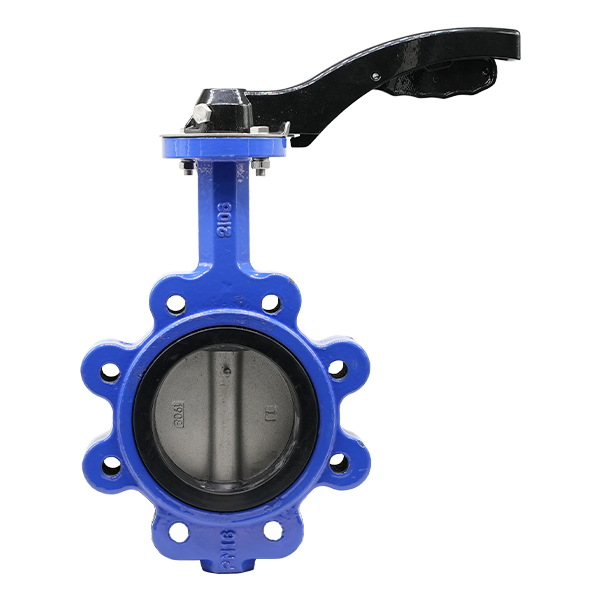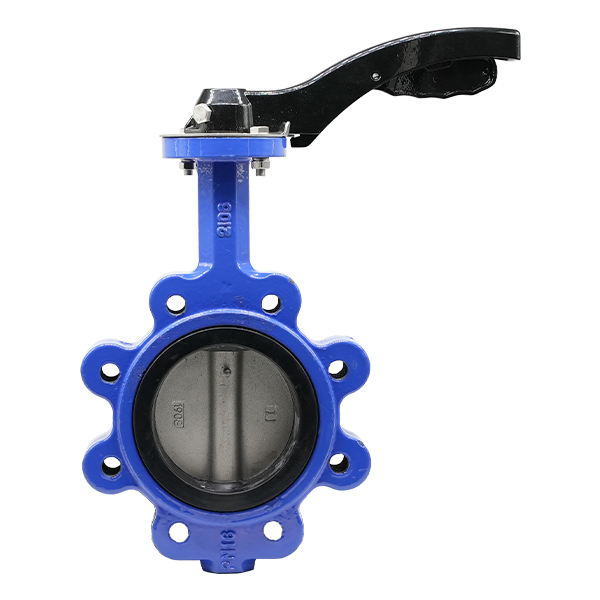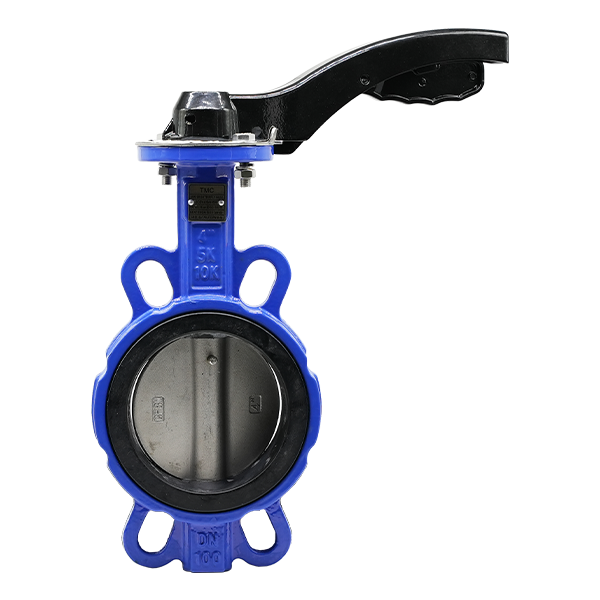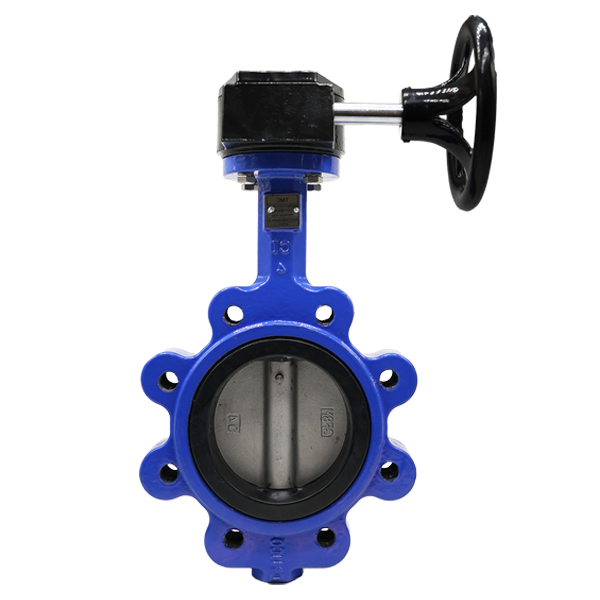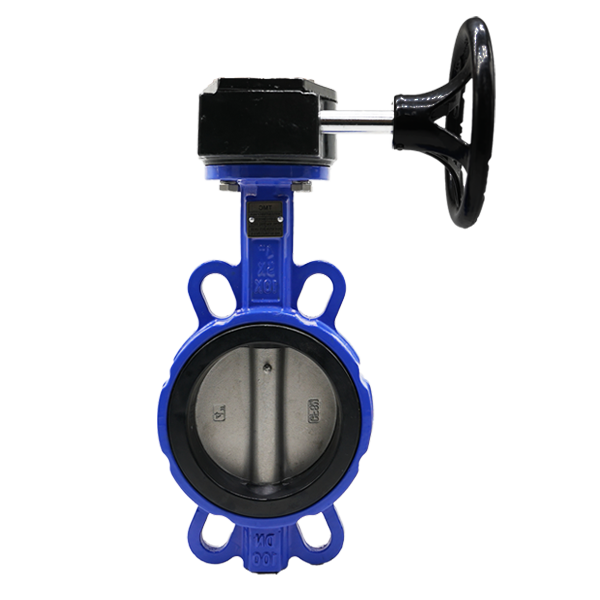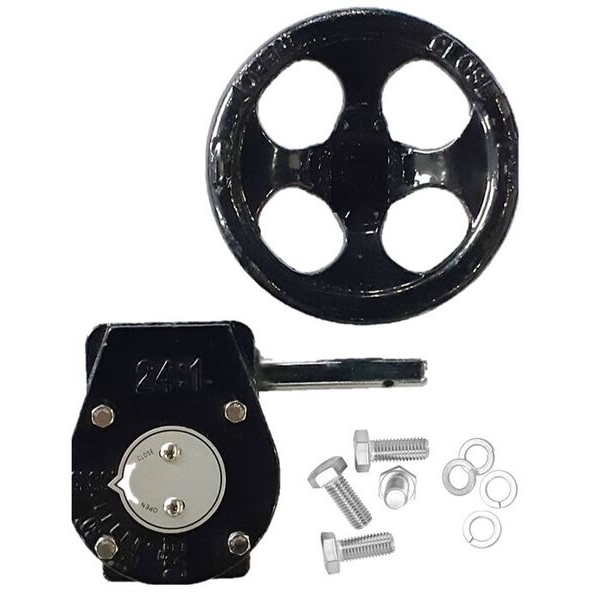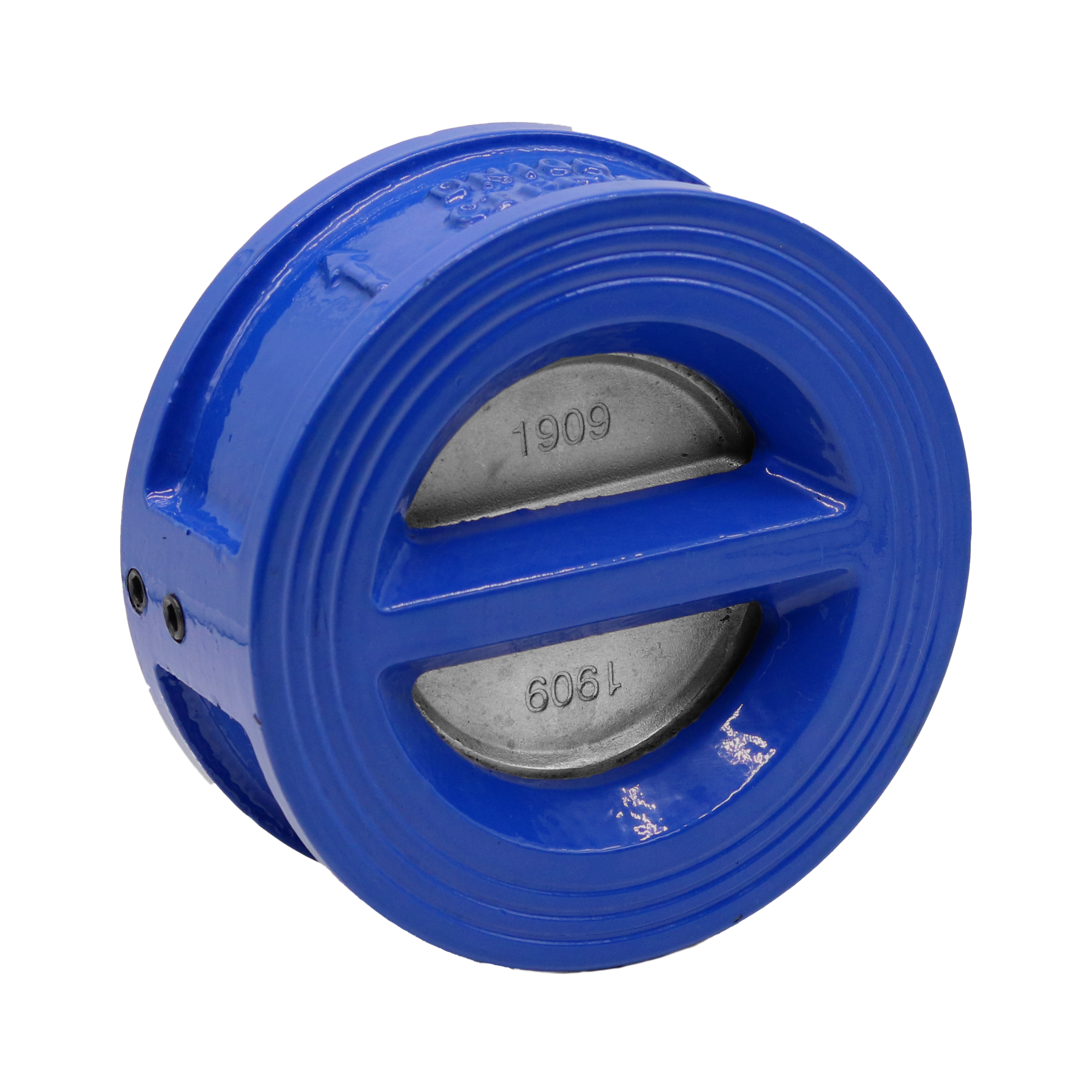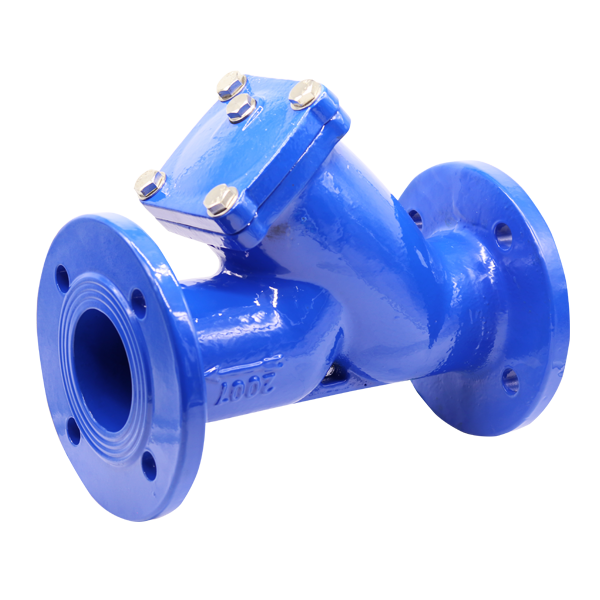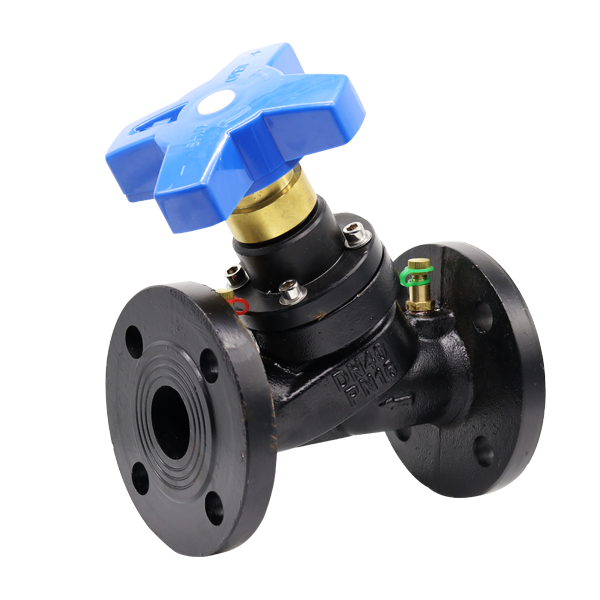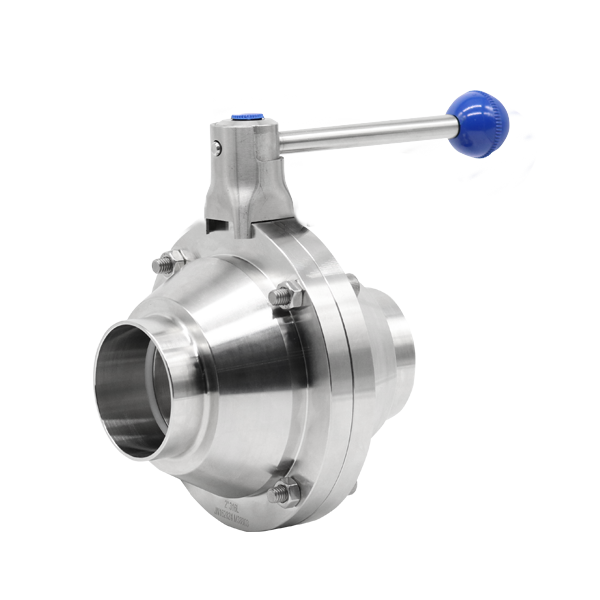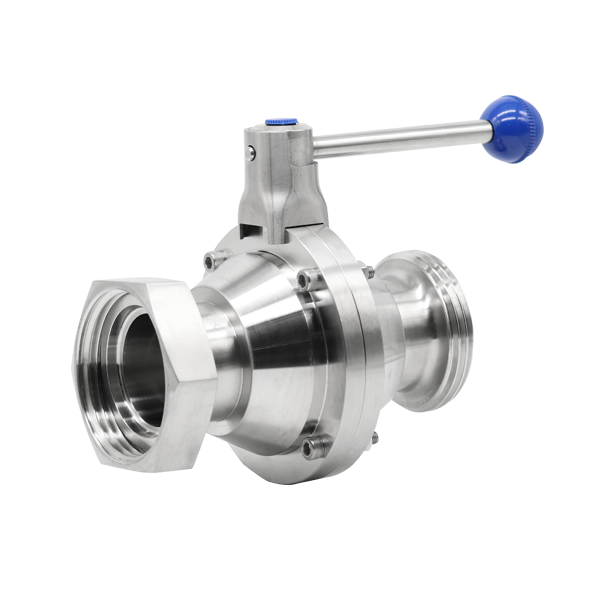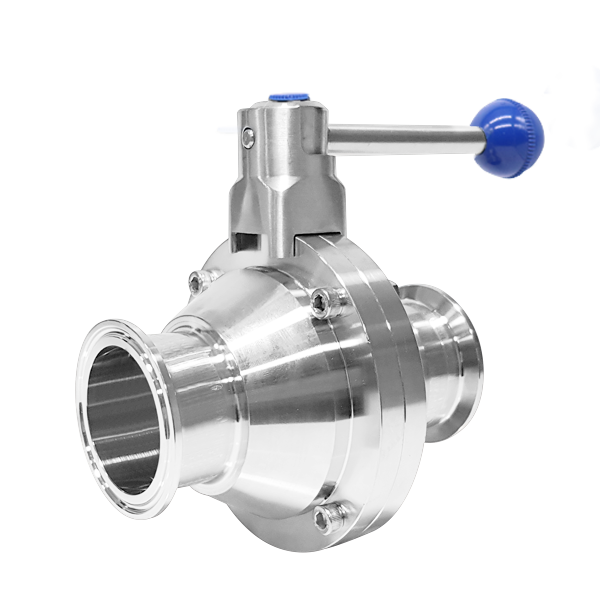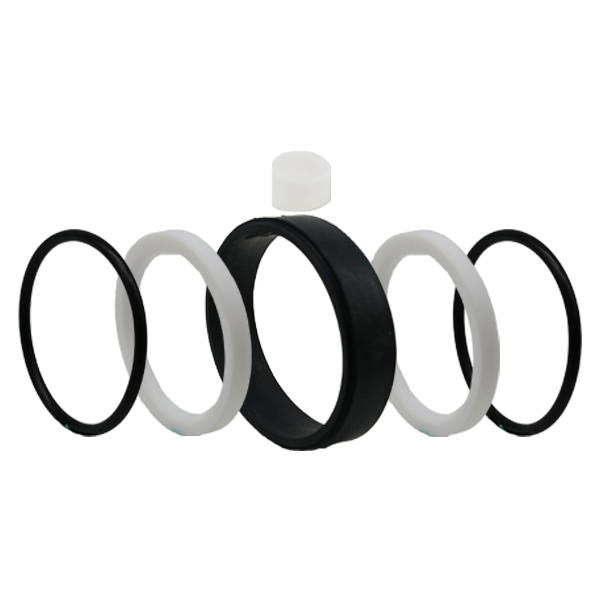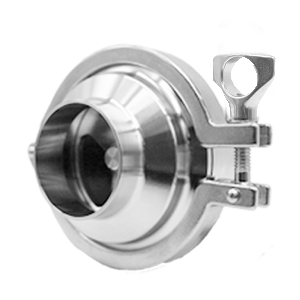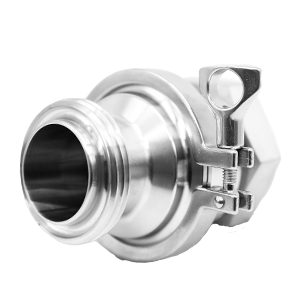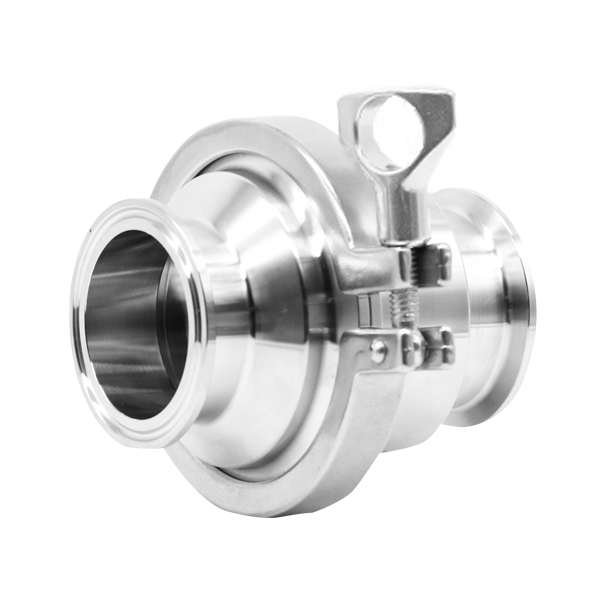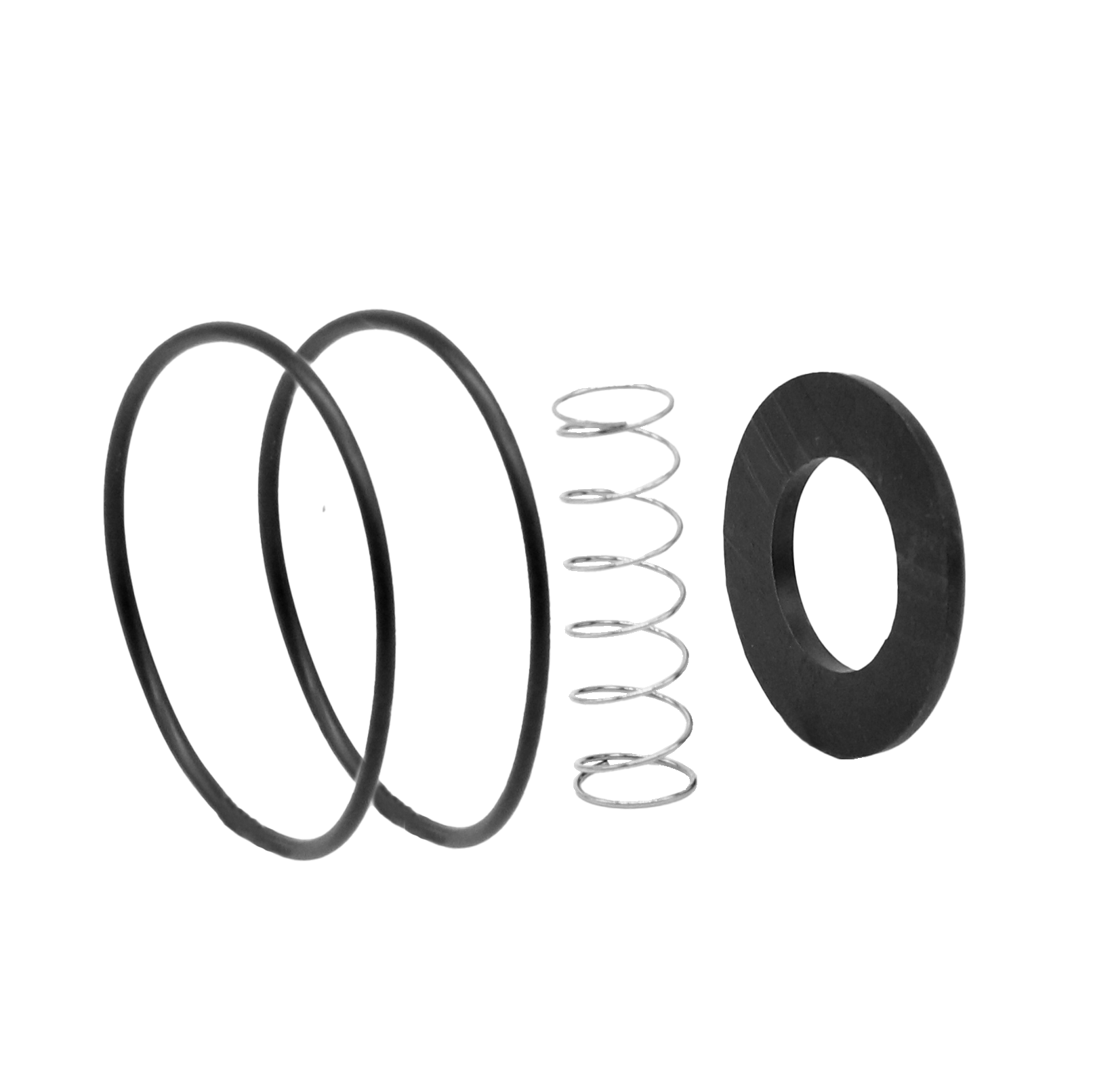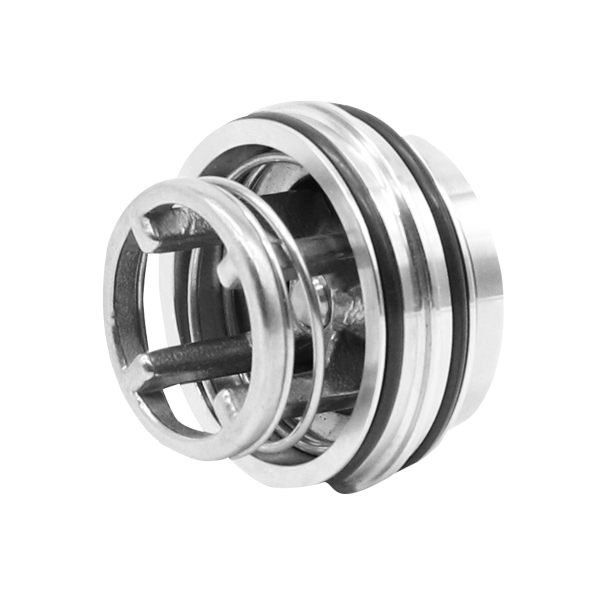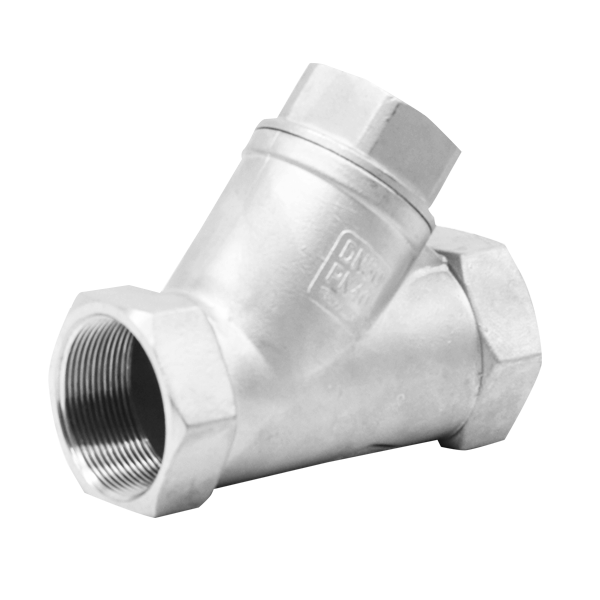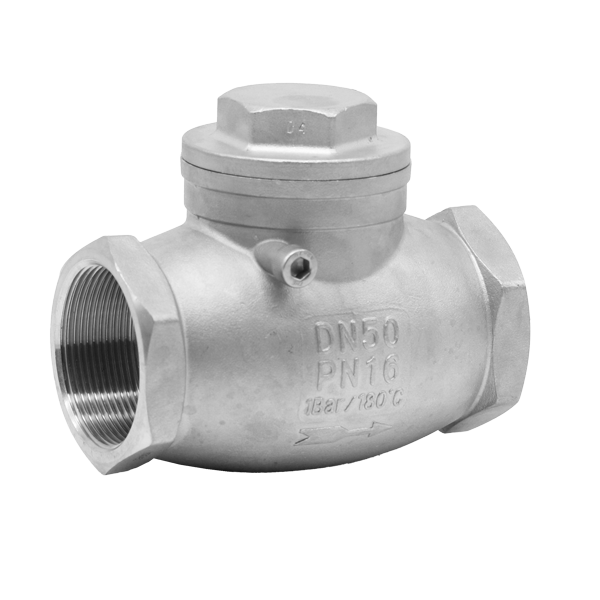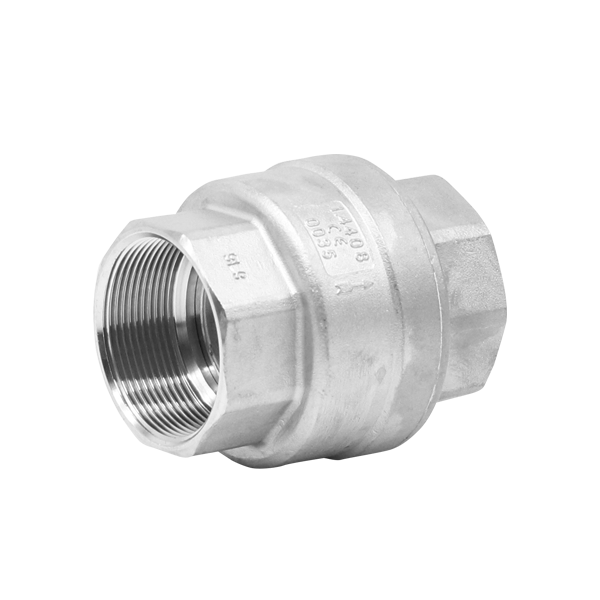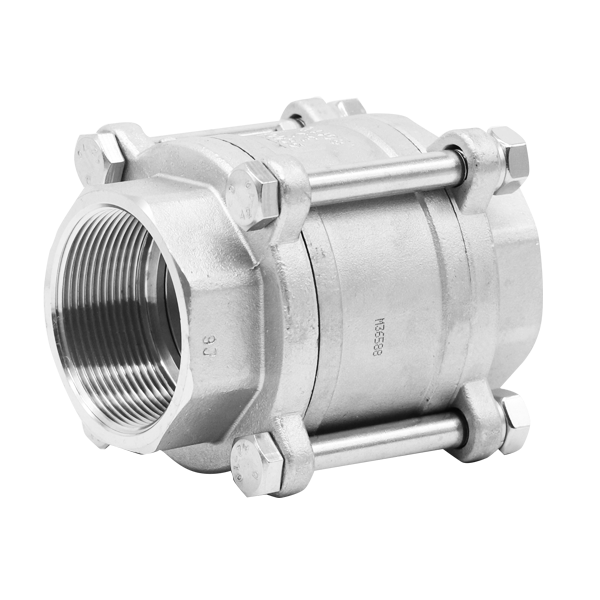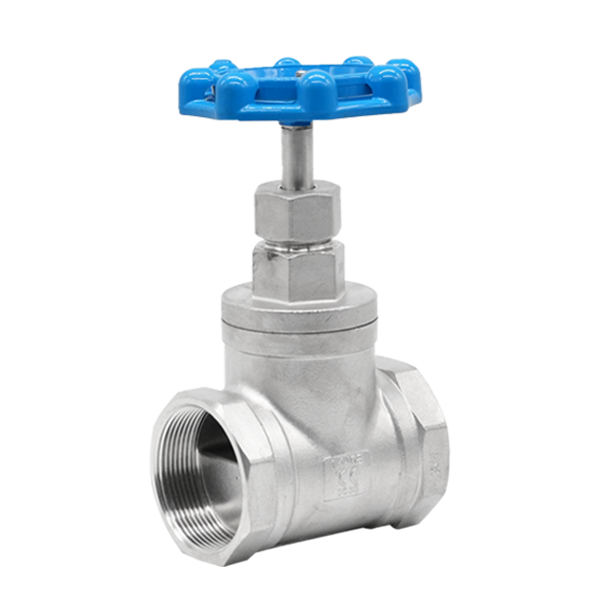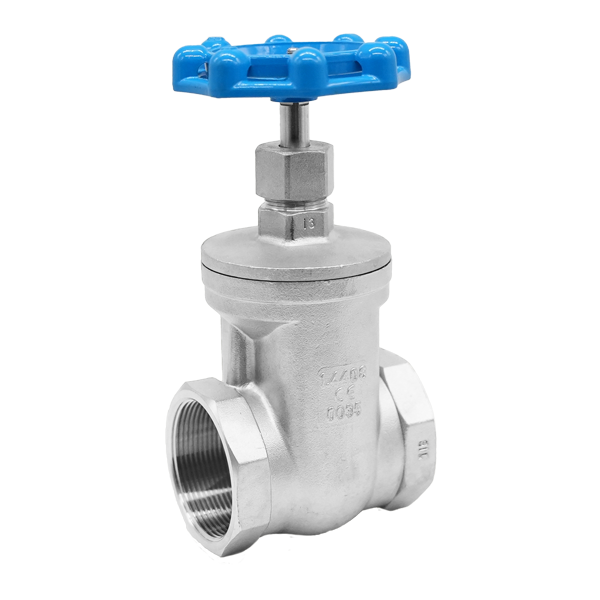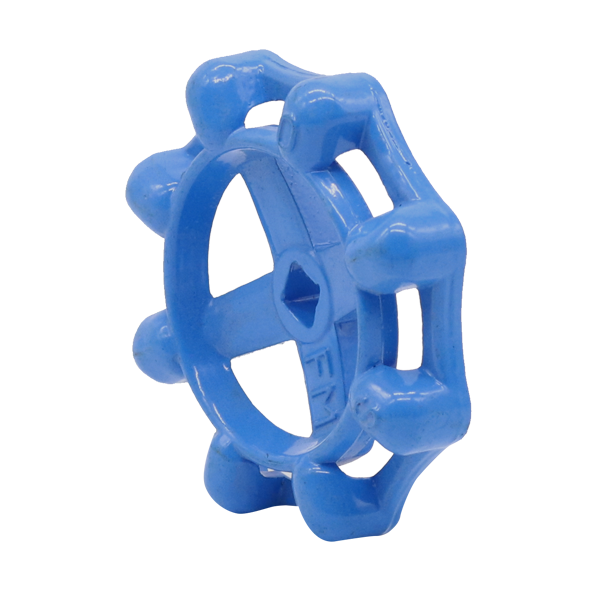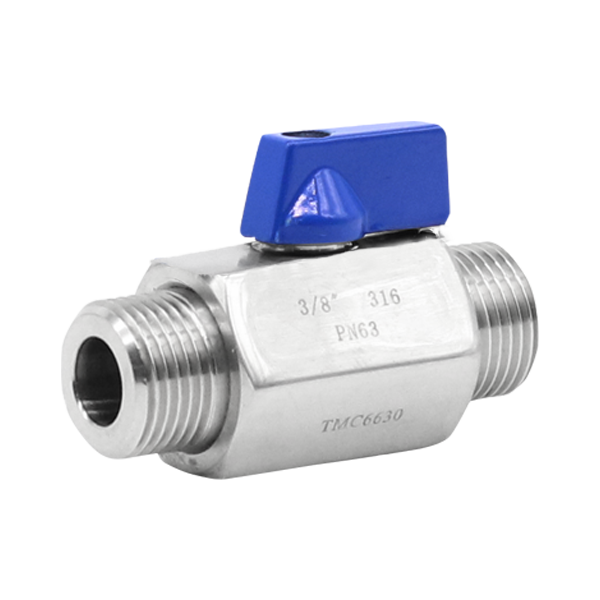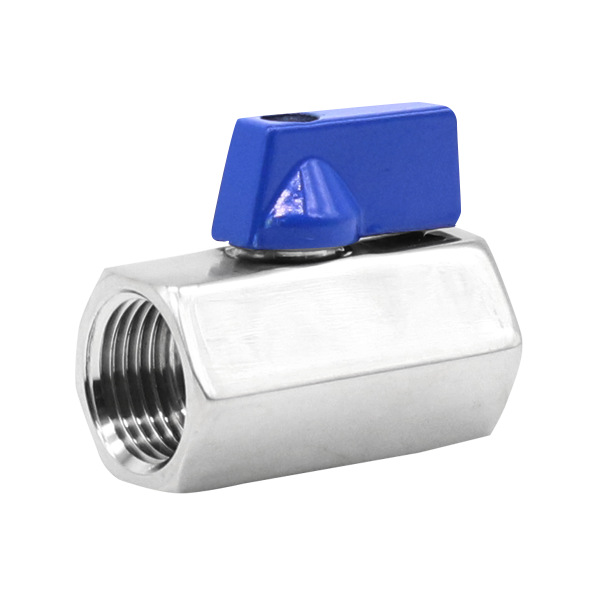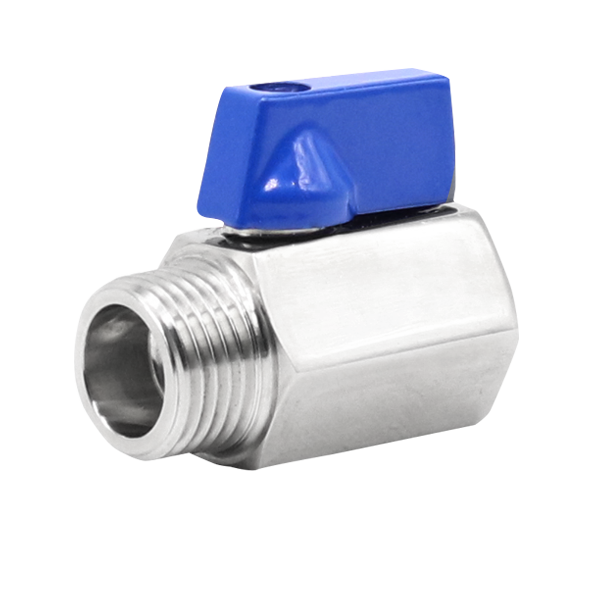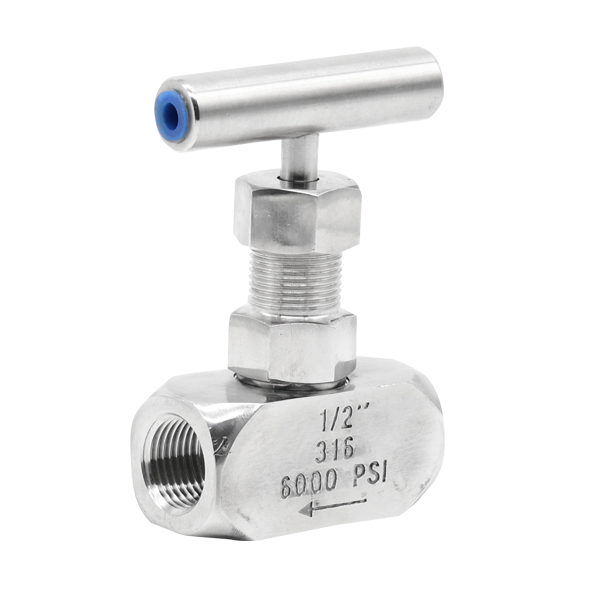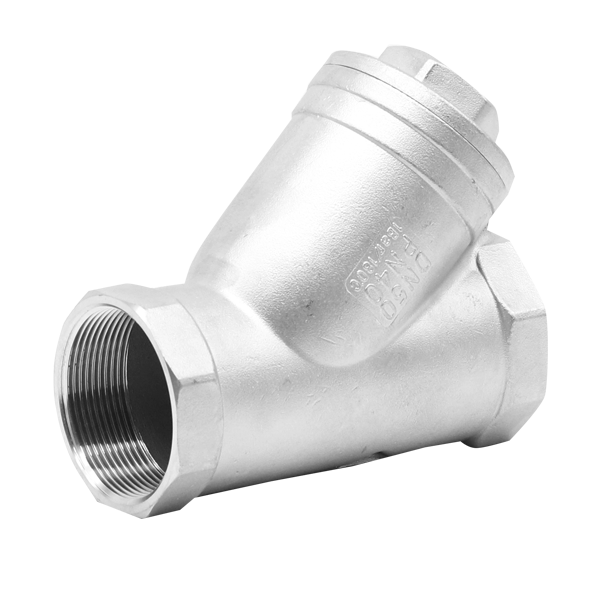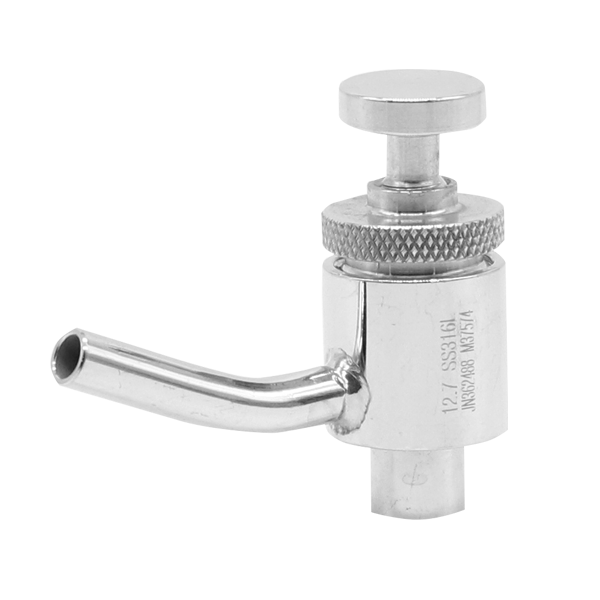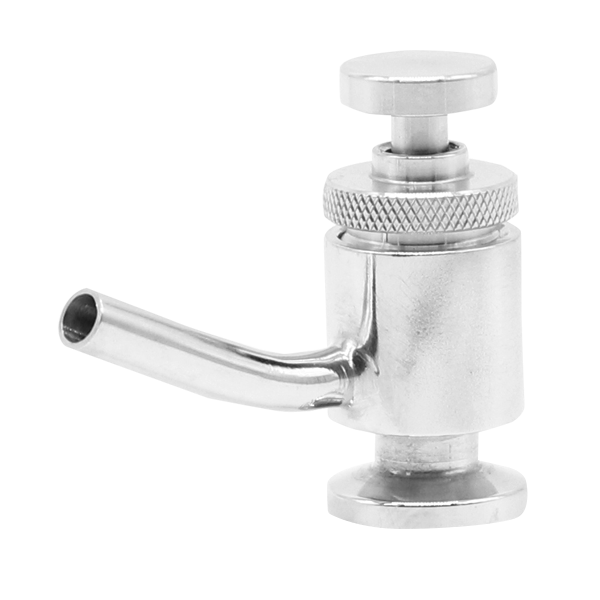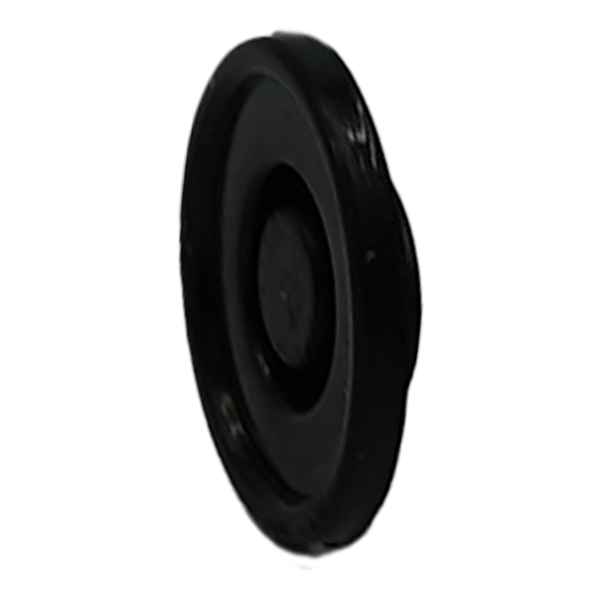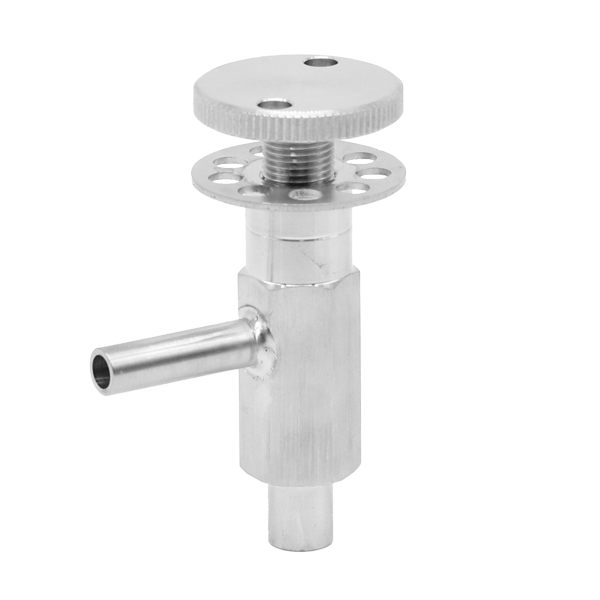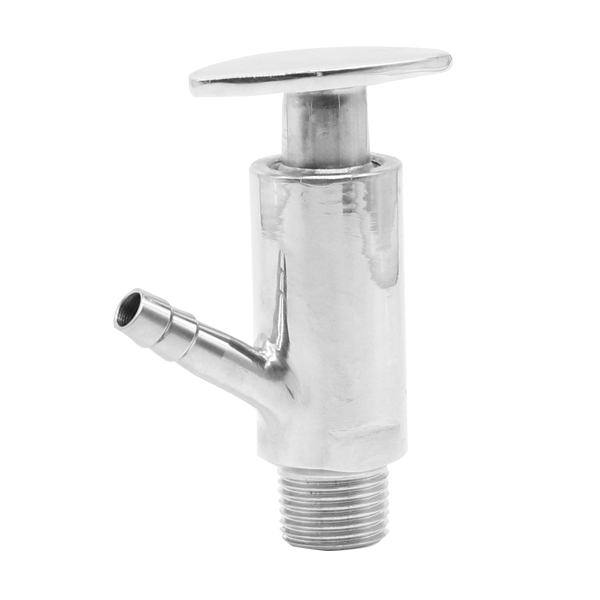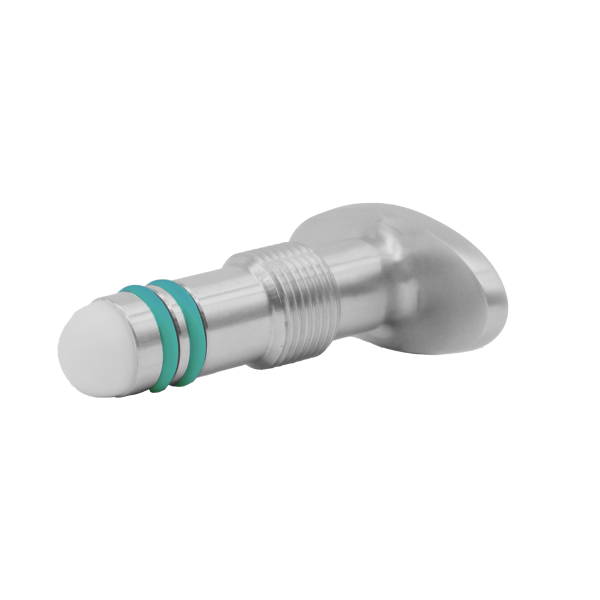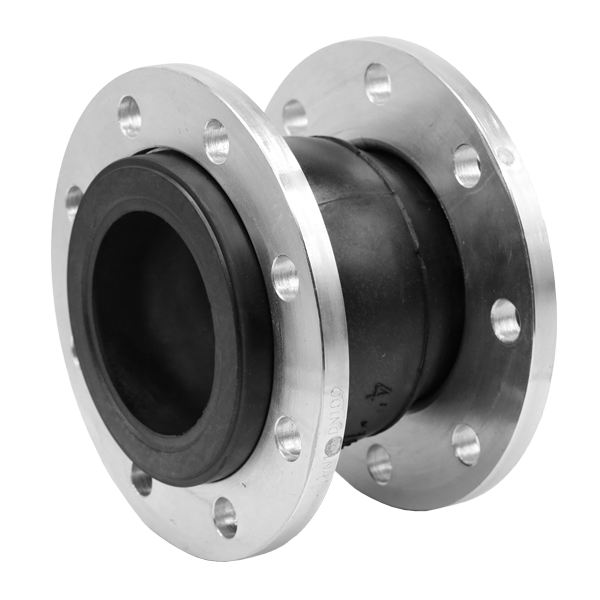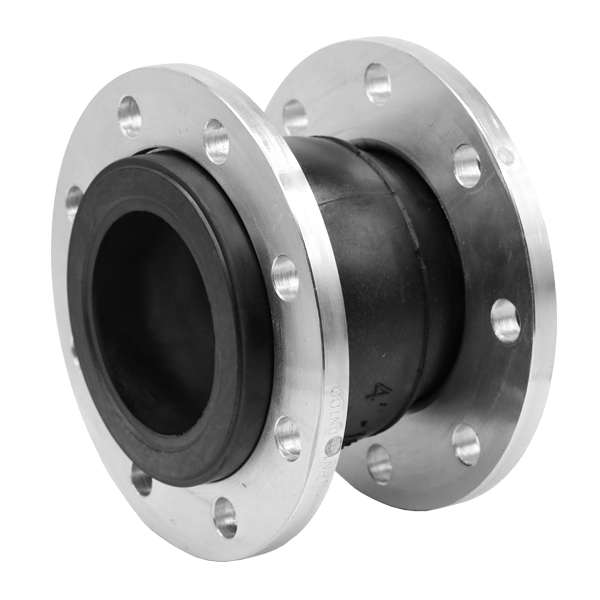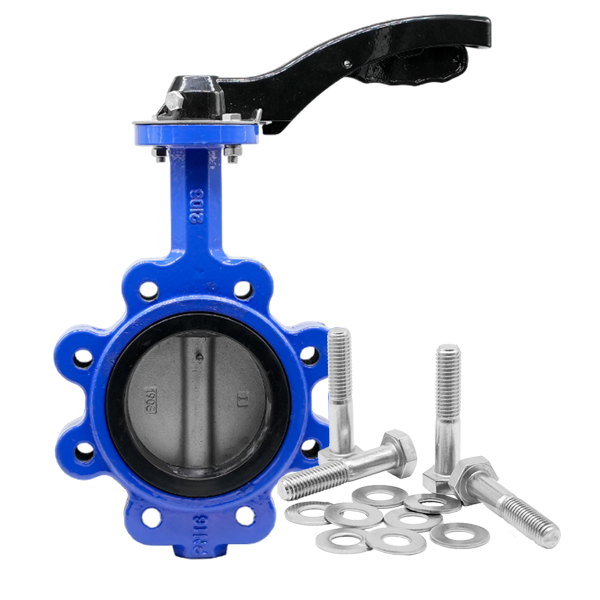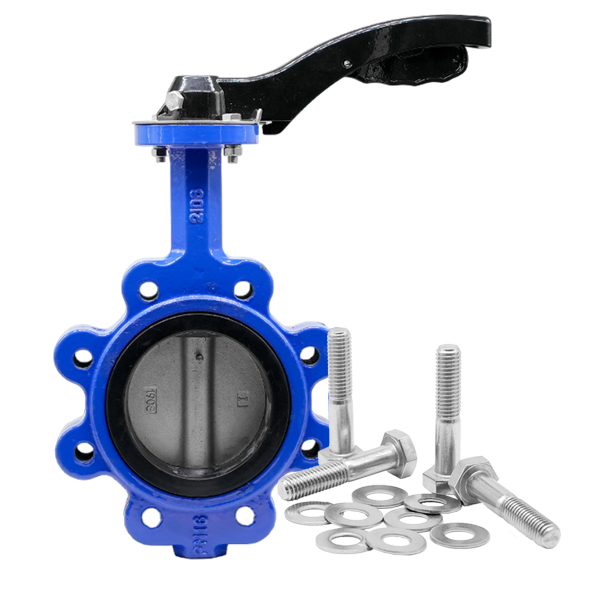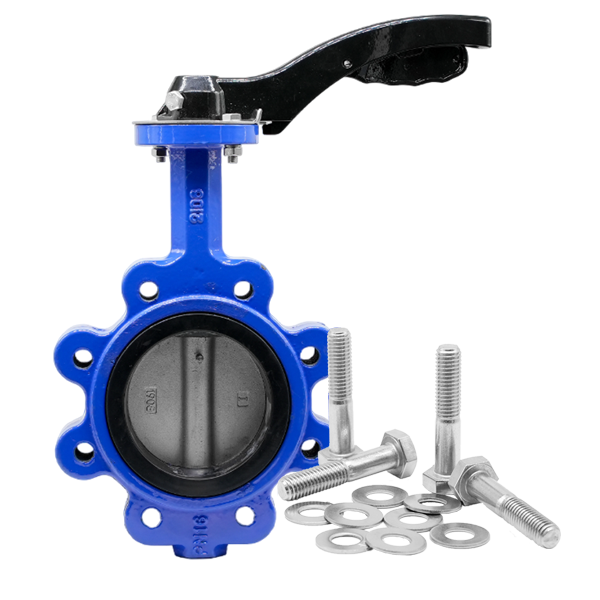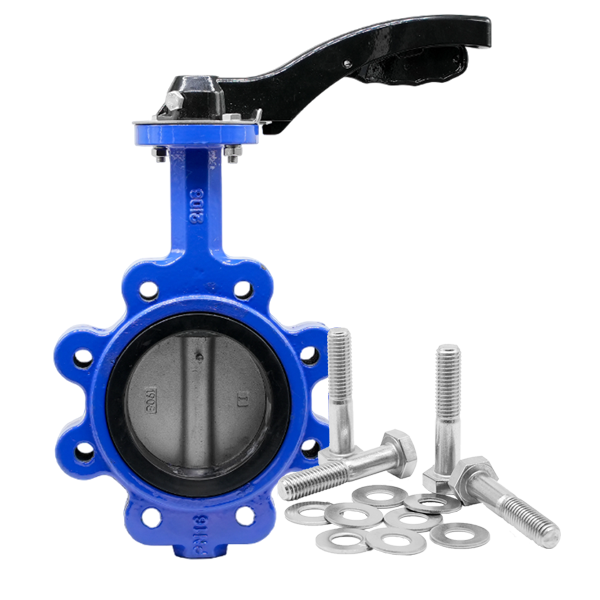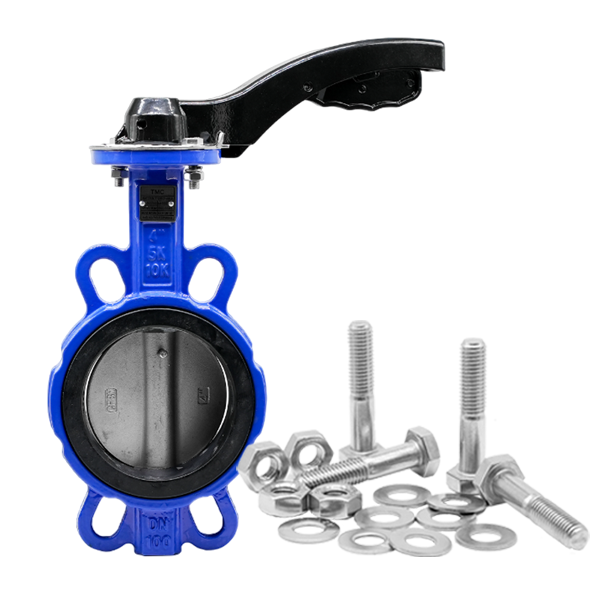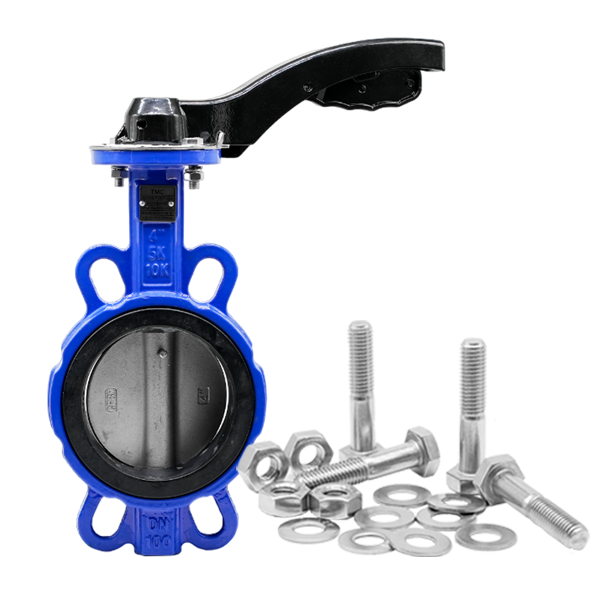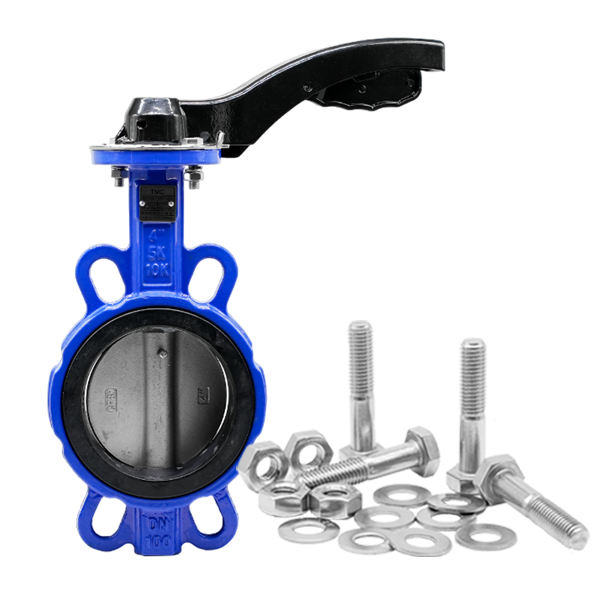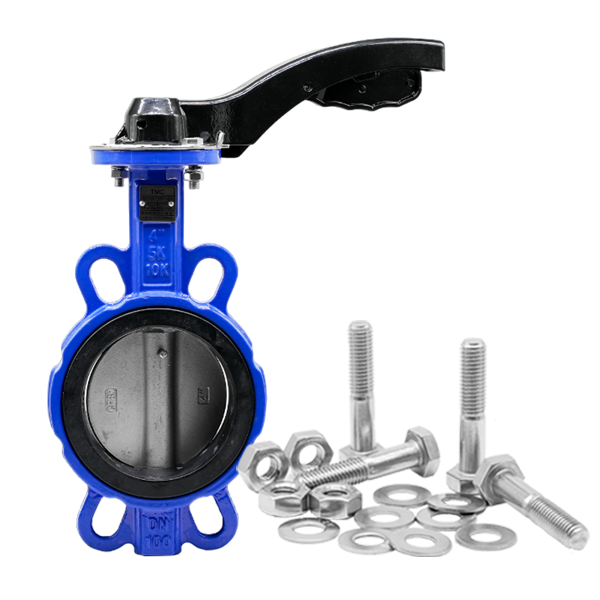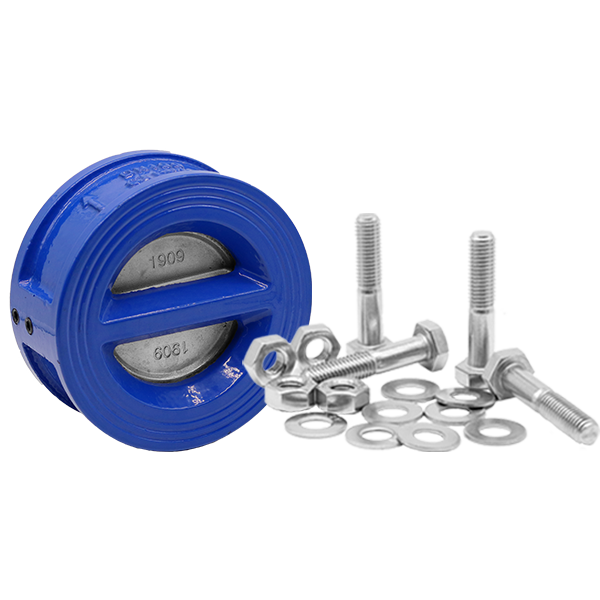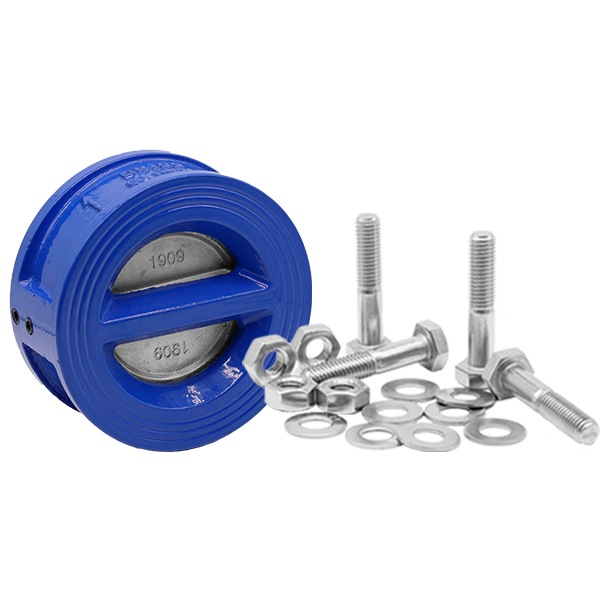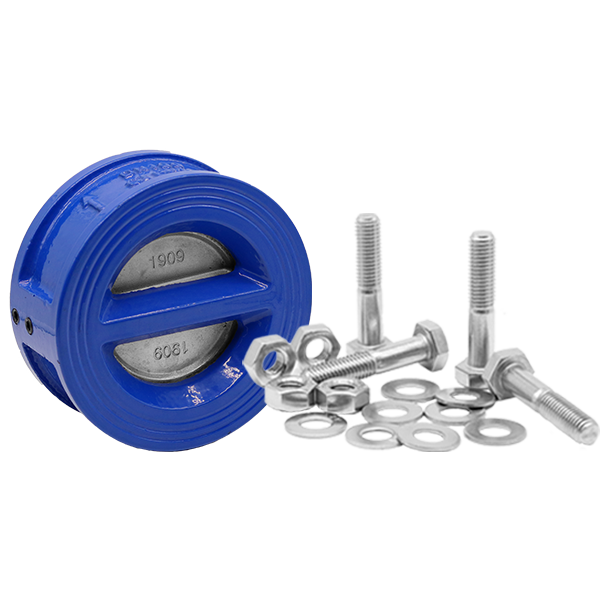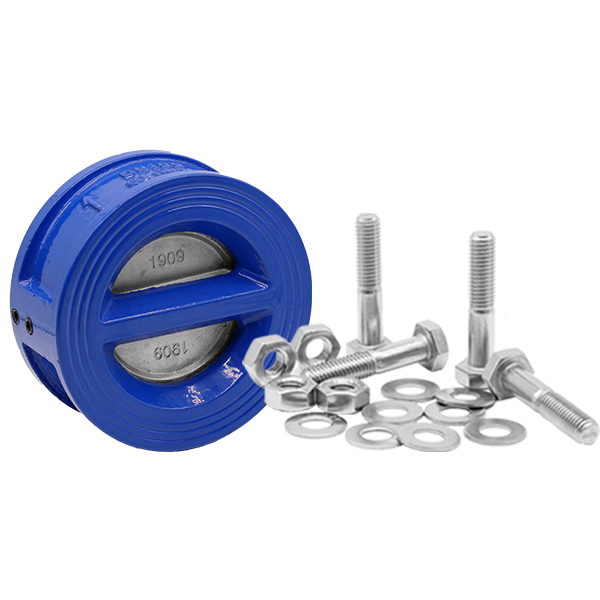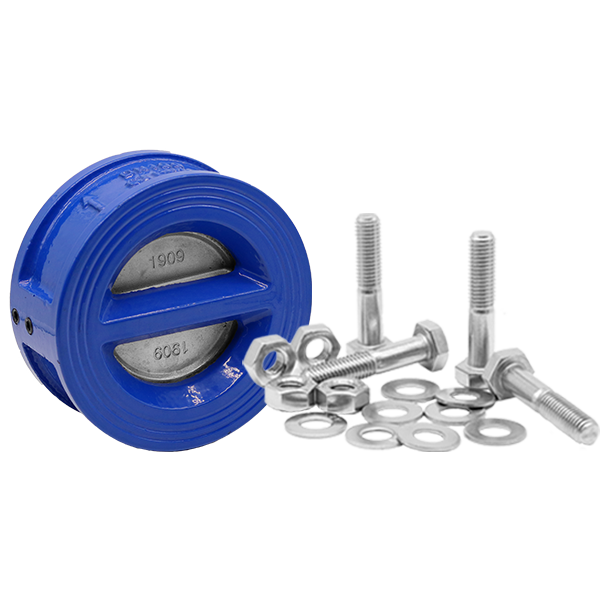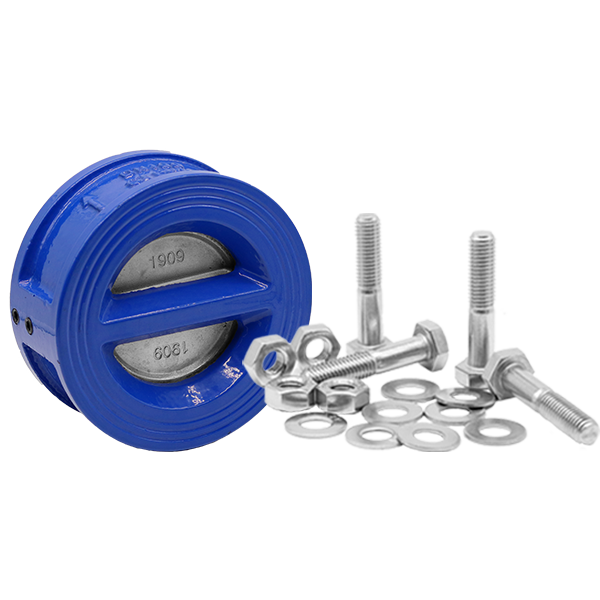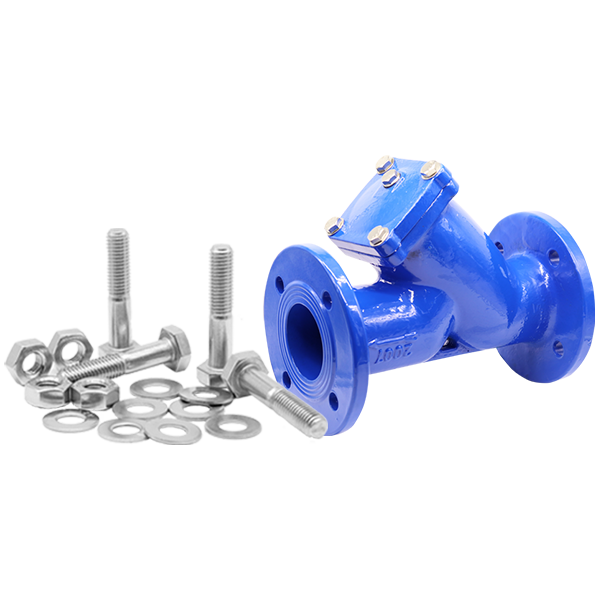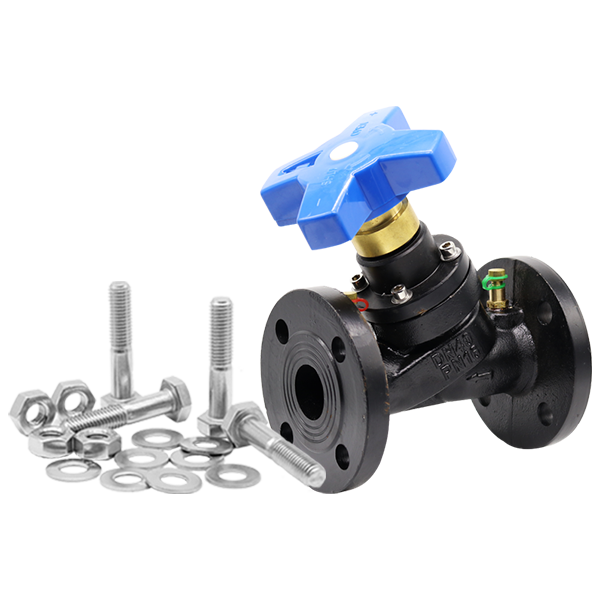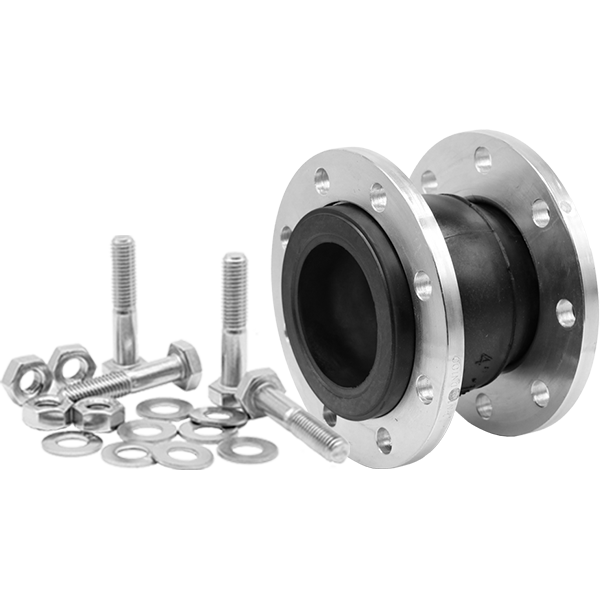Valves play a vital role in managing the flow of liquids, gases, and other materials through pipelines. Different valves have various functions such as opening, closing, or partially obstructing different passageways.
About
Valves effectively control fluid flow in various systems or processes by enabling the stopping and starting of flow, regulating the volume of flow, directing the flow’s path, adjusting pressure levels, and alleviating overpressure.
The Metal Company offers an extensive range of valves for weld, BSP and flange connection, In our welded valve range we stock, sanitary ball valves, sanitary butterfly valves, socket weld ball valves, sanitary non-return valves, tube weld in ball valves and sample valves. In our BSP valve range we stock, 2pc and 3pc ball valves, check valves, globe and gate valves, mini ball valves in Male-Male, Male-Female and Female-Female configurations, needle valves and y strainers, In our Cast iron flanged valve range we stock, butterfly valves, y strainers and isolating regulating valves.
About
Valves effectively control fluid flow in various systems or processes by enabling the stopping and starting of flow, regulating the volume of flow, directing the flow’s path, adjusting pressure levels, and alleviating overpressure.
The Metal Company offers an extensive range of valves for weld, BSP and flange connection, In our welded valve range we stock, sanitary ball valves, sanitary butterfly valves, socket weld ball valves, sanitary non-return valves, tube weld in ball valves and sample valves. In our BSP valve range we stock, 2pc and 3pc ball valves, check valves, globe and gate valves, mini ball valves in Male-Male, Male-Female and Female-Female configurations, needle valves and y strainers, In our Cast iron flanged valve range we stock, butterfly valves, y strainers and isolating regulating valves.
Videos On Valves
Our Range Of Valves
Valves play a vital role in managing the flow of liquids, gases, and other materials through pipelines. Different valves have various functions such as opening, closing, or partially obstructing different passageways. Watch Nicky discuss.
How Do Inline Non-Return Valves Work? | Technical Tuesday
Inline non-return valves are a type of check valve which is spring actioned for flow control, meaning the flow can only go one way. Watch Morgan discuss how these work.
What Are Spring Check Valves?
Spring check valves allow fluid to flow in one direction. The force of the flow will allow the gate in the valve stopper to open to allow the desired flow. Our range of spring check valves have a stainless body and disc with parallel female BSP threaded ends. Watch Sinead discuss.
What Are Y Strainers?
Y strainers are named for their Y-shaped body, which houses a sieve-like mesh filter that is placed in the path of the fluid flow. As the fluid flows through the strainer, the foreign matter is caught on the screen and is prevented from continuing down the pipeline. Watch Max discuss.
What Are Sampling Valves?
Sampling valves are a type of valve which is used for taking small samples of liquid from tanks or pipelines. This is typically done for purposes such as quality control, identification and regulatory assessment. Watch Max discuss.
What Are Sanitary Ball Valves?
Sanitary ball valves are a ball valve especially designed for use in a sanitary or hygienic process lines. The valves feature a full-bore design that enables full fluid flow with minimal pressure drop. Watch Max discuss sanitary ball valves.
What Are Sanitary Non-Return Valves?
Sanitary non-return valves allow for flow to move in one direction and are able to stop fluid from returning through the valve in the opposite direction. The valve contains a gate which closes off the flow. Watch Sinead discuss.
What Are Swing Check Valves?
Swing check valves contain a gate which swings away to allow flow in one direction. When the flow is stopped, the disc will swing back onto the seat, automatically closing the valve as the pressure decreases. Watch Sinead discuss.
What Are Piston Check Valves?
Piston check valves are a type of valve that allows fluid to flow in one direction. Rather than a spring, these valves consist of a cylinder and piston. This piston has a PTFE seat which causes a tight seal. Watch Patrick discuss.
What Are Needle Valves?
Needle valves are used to regulate small amounts of flow or high pressures through either an appliance or system. The unique feature about these valves is that they have a small plunger which is similar to a needle. Watch Patrick discuss.
Technical
Technical
Related Products
Related Products
- Ball Valves
- Sanitary A Series Butterfly Valves
- Sanitary E Series Butterfly Valves
- Cast Iron Valves
- Knife Gate Valves
- Sanitary Ball Valves
- Sanitary Non-Return Valves
- BSP Check Valves
- BSP Globe & Gate Valves
- BSP Mini Ball Valves
- BSP Needle Valves
- BSP Y Strainers
- Process Valves
- Expansion Bellows
- Bolt Kits
- Ball Valves
- Sanitary A Series Butterfly Valves
- Sanitary E Series Butterfly Valves
- Cast Iron Valves
- Knife Gate Valves
- Sanitary Ball Valves
- Sanitary Non-Return Valves
- BSP Check Valves
- BSP Globe & Gate Valves
- BSP Mini Ball Valves
- BSP Needle Valves
- BSP Y Strainers
- Process Valves
- Expansion Bellows
- Bolt Kits
